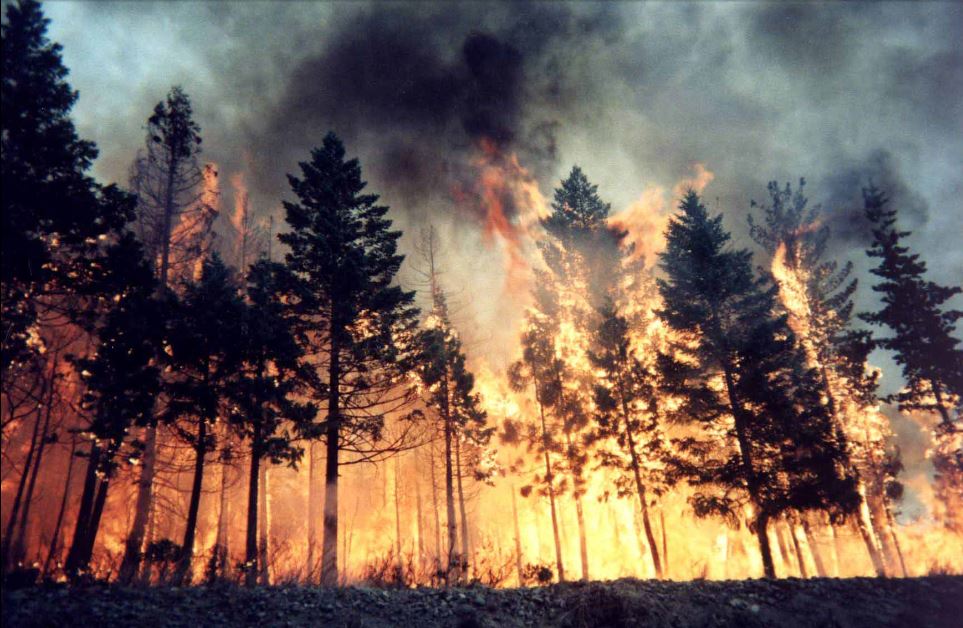9-1-1 Services
9-1-1 in British Columbia
The existing 9-1-1 system was designed in an era of landline telephones and assumes that calls are coming from a known address. Today, most calls originate from mobile devices without fixed addresses.
Across Canada, systems are being updated in preparation for Next Generation 9-1-1 (NG9-1-1), which will replace the legacy analogue infrastructure with IP-based technology. It will create a faster, more resilient system that allows digital information (e.g., voice, real-time text, and eventually video calling) to flow seamlessly from the public to 9-1-1.
Geographic Information Systems (GIS) data takes a central role in the new system. High quality GIS data will allow the caller and the call-taker to better communicate and quickly identify the location of a 9‑1‑1 incident. In British Columbia, many agencies will need to work together to ensure that GIS data is as accurate, complete, and current as possible.
Local Government Authorities (LGAs), which include Regional Districts, Municipalities and First Nations, must ensure that the required data is provided to the 9‑1‑1 telecom provider.
In B.C., TELUS is the top-level aggregator for GIS data and is the NG9-1-1 provider for the vast majority of the province, meaning data from LGAs and their partners will need to be supplied to TELUS who will use it to route 9-1-1 calls.
While the transition has already begun, there is still time to get GIS data ready for full implementation.
9-1-1 in the Regional District of Central Kootenay
The RDCK is currently in the process of verifying and upgrading our GIS data to ensure NG9-1-1 can operate successfully within our region. Every dwelling is required to have an assigned address, and the address must follow RDCK addressing rules. This means you may be contacted by RDCK staff to create a new address or alter your address to better fit within the NG9-1-1 standards.
It is in your benefit to have a correct and registered address, if it is not correct or is not registered, RDCK Emergency Services may not be able to find you.
Existing, registered Civic Addresses in the RDCK will appear in the RDCK Public Web Map and can be searched for and confirmed by property owners or members of the public. If an address does not appear in the web map, it does not exist in the RDCK system and is not in the 9-1-1 database.
Please review the Civic Addressing Webpage for directions on how to determine if your address is correct and how to apply for an address change or correction. You can also contact the GIS department for more information. Corrections to existing addresses and missing addresses will be provided free of charge between July and December 2024 to promote compliance with NG911 requirements.
For more information please visit the British Columbia NG9-1-1 website: https://ng911gisdata.gov.bc.ca/
CRTC website: https://crtc.gc.ca/eng/phone/911/gen.htm
Or contact the RDCK GIS department: maps@rdck.bc.ca
The content on this page was last updated July 10 2024 at 3:57 AM

